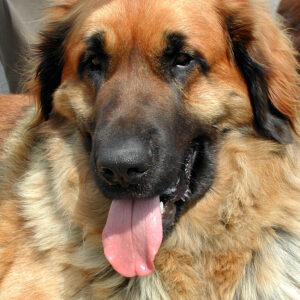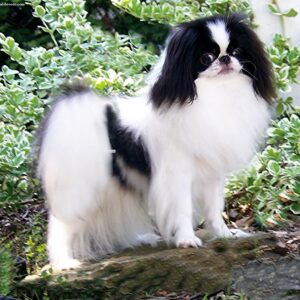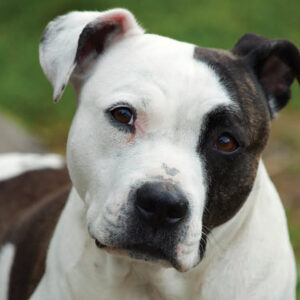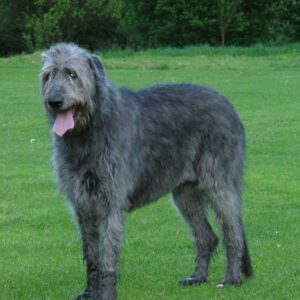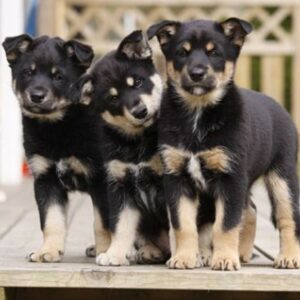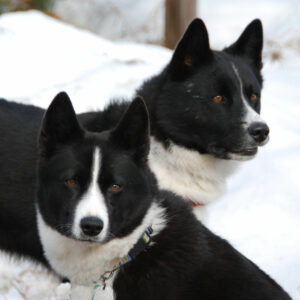Are you looking for a loving, loyal companion with a strong personality? Look no further than the Greater Swiss Mountain Dog. This powerful breed originated in the Swiss Alps and has a rich history. Today, they make excellent pets for families, as they are friendly and protective. But before you take one home, it’s important to understand their unique needs to ensure a happy and healthy life together.
History
The Greater Swiss Mountain Dog is a descendant of the ancient mastiffs that were used by Roman armies for guarding and herding livestock. When the Romans invaded Switzerland in the 1st century BC, they brought these dogs with them. Over time, the dogs were bred with other local breeds to create the Greater Swiss Mountain Dog as we know it today.
During the 1800s, the breed nearly went extinct due to the rise of industrialization and the decline of agriculture in Switzerland. But in the early 1900s, a group of breed enthusiasts formed the Swiss Kennel Club to protect the breed and promote its characteristics. By the 1930s, the breed had made a comeback and was recognized by the American Kennel Club in 1995.
Today, the Greater Swiss Mountain Dog is beloved for its strength, loyalty, and playful personality. It’s a popular choice for families that enjoy outdoor activities, as the breed is active and loves to play.

Location of Origins
The Greater Swiss Mountain Dog originated in the Swiss Alps and was used by farmers and herders to guard and drive their livestock. The breed is still popular in Switzerland today and is considered a national treasure.
Due to its strong work ethic and loyalty, the breed has spread across the world and is now a popular pet in many countries, including the United States, Canada, and Australia.
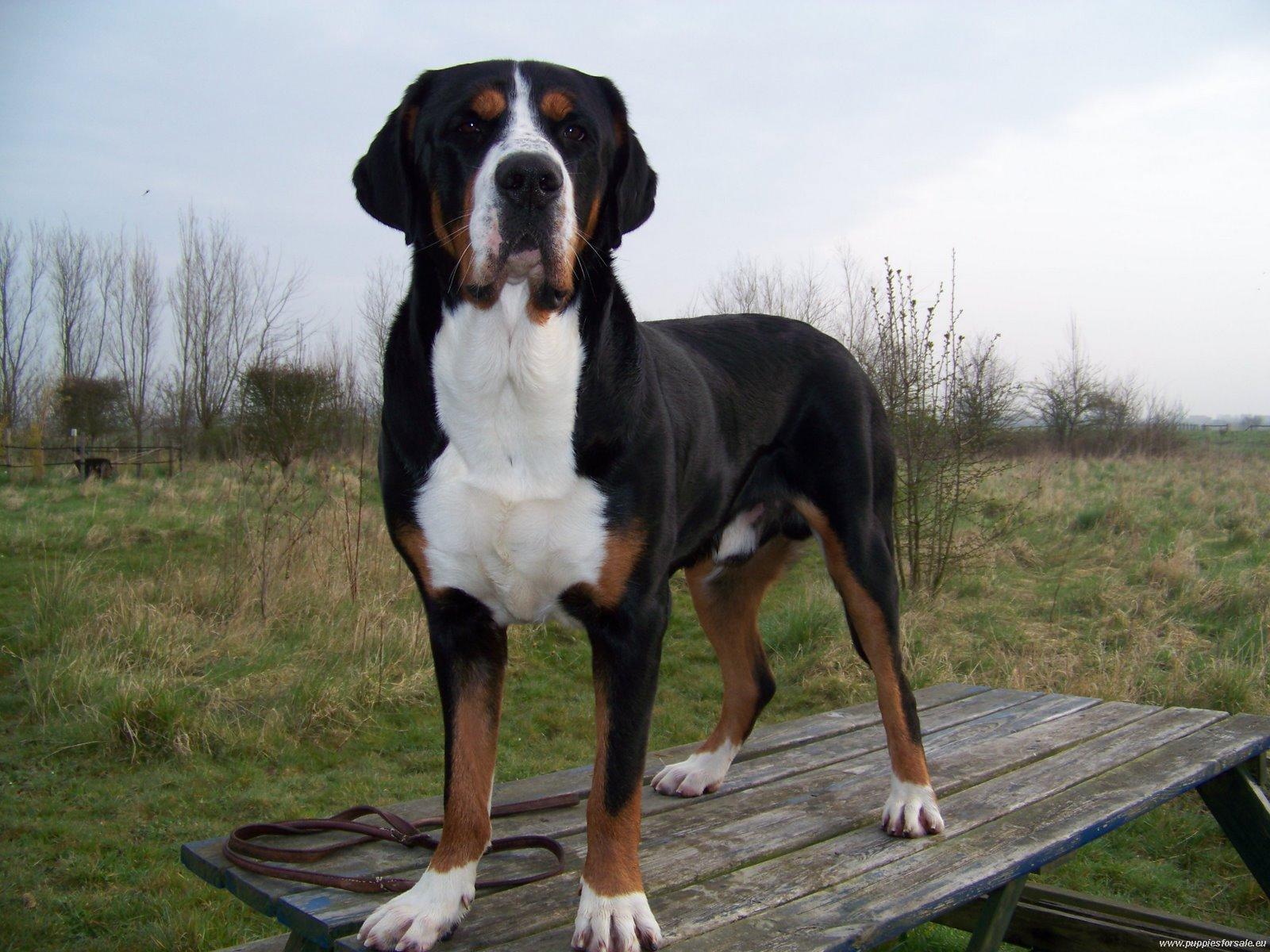
Characteristics
The Greater Swiss Mountain Dog is a large, muscular breed that can weigh up to 140 pounds. They have a tri-colored coat that is short and dense, with black and white markings and tan highlights. They are known for their strong, sturdy build and are built like a tank.
Despite their size, they are gentle giants that make excellent family pets. They are loyal and protective, and they love to play and be active. They are also intelligent and easy to train, which makes them a popular breed for obedience competitions.
However, their size and strength can also be a challenge. They need plenty of exercise and training to ensure that they don’t become difficult to handle. They also need regular grooming, as their thick coat requires weekly brushing to prevent matting.
Choosing the Best Foods
The Greater Swiss Mountain Dog needs a healthy and balanced diet to thrive. Because they are a larger breed, they require more food than smaller dogs, but it’s important to choose a high-quality brand that will provide them with the nutrients they need.
When choosing food for your Greater Swiss Mountain Dog, look for a brand that contains high-quality protein, such as chicken or beef, as well as healthy fats and carbohydrates. Avoid foods that contain fillers, such as corn and wheat, as well as artificial preservatives and colors.
You should also consider choosing a diet that is appropriate for your dog’s age and activity level. Puppies have different nutritional needs than adult dogs, and working dogs may require a higher calorie diet to support their active lifestyle.
Training
The Greater Swiss Mountain Dog is an intelligent breed that is easy to train. They respond well to positive reinforcement, such as treats and praise, and they generally enjoy training sessions. However, because of their size and strength, it’s important to start training early and be consistent.
When training your Greater Swiss Mountain Dog, focus on basic obedience commands, such as sit, stay, and come. You should also work on leash training to prevent pulling and jumping. Because the breed can be stubborn at times, patience and consistency are key.
You may also want to consider enrolling your dog in an obedience class or working with a professional trainer. This can be especially helpful if you’re not confident in your ability to train your dog or if your dog has behavior issues that need addressing.
Taking Care of Your Greater Swiss Mountain Dog
The Greater Swiss Mountain Dog requires a lot of care to ensure that they remain healthy and happy. Here are some tips to keep in mind:
- Grooming: The Greater Swiss Mountain Dog has a dense coat that requires weekly brushing to prevent matting. You should also trim their nails regularly and clean their ears to prevent infections.
- Exercise: The breed needs plenty of exercise to stay healthy and happy. They should be taken on daily walks and should have access to a secure backyard where they can run and play.
- Socialization: The Greater Swiss Mountain Dog is a friendly breed, but they can be wary of strangers if they’re not socialized properly. Make sure to expose your dog to different people and environments from a young age.
- Healthcare: Like all breeds, the Greater Swiss Mountain Dog is susceptible to certain health issues, such as hip dysplasia and bloat. It’s important to take your dog to the vet for regular checkups and to address any health concerns promptly.
- Diet: The breed needs a healthy and balanced diet to thrive. Choose a high-quality brand that contains plenty of protein, healthy fats, and carbohydrates.
FAQs
How long do Greater Swiss Mountain Dogs typically live?
The breed has a lifespan of about 8-11 years.
Are Greater Swiss Mountain Dogs good with kids?
Yes, the breed is known for being great with kids. They are gentle giants that are protective of their family.
Do they shed a lot?
Yes, the breed sheds a moderate amount and requires regular grooming.
Conclusion
If you’re looking for a loyal, friendly, and protective pet, the Greater Swiss Mountain Dog may be the perfect choice for you. But before you take one home, it’s important to understand their unique needs and requirements.
The breed requires plenty of exercise, training, and grooming to stay healthy and happy. But with proper care and attention, they can make wonderful companions for families that enjoy outdoor activities and lots of love and affection.

